1804 Draped Bust silver dollar. Class III Restrike
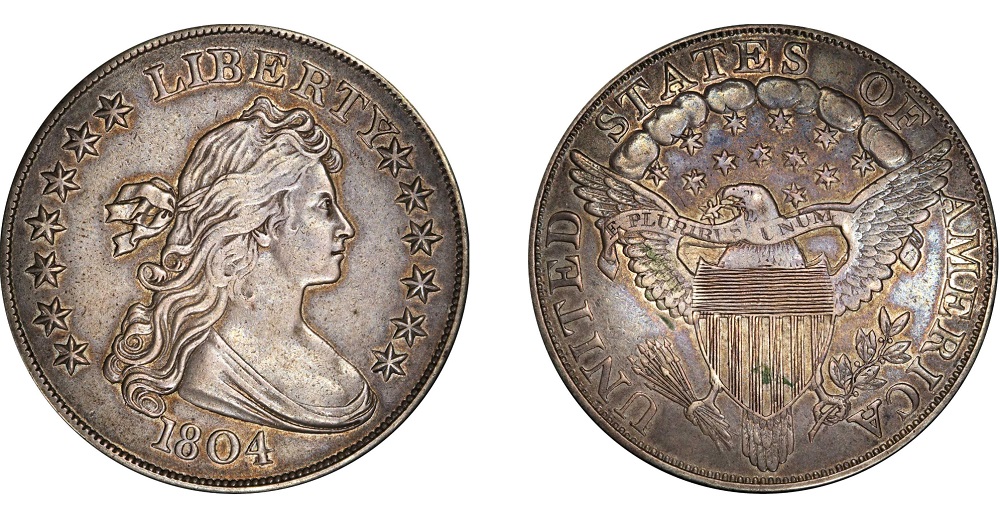

1804 Draped Bust silver dollar. Class III Restrike

1804 Draped Bust silver dollar. Class III Restrike
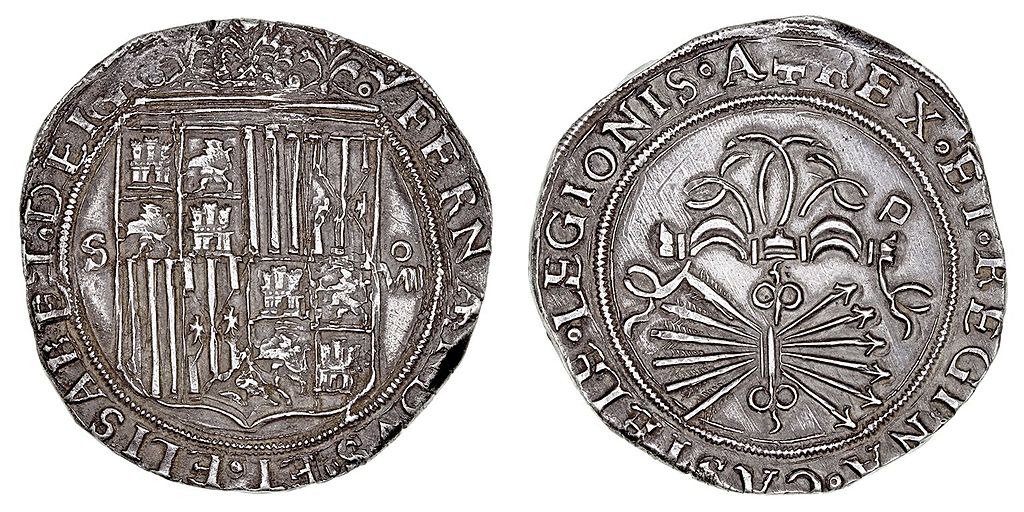
Hover to zoom.
The following Q&A is excerpted from Clifford Mishler’s Coins: Questions & Answers:
Q: As the American colonies were once British possessions, why did we not adopt the sterling currency system, as did most other countries that subsequently emerged from British domination?
A: The reason was not, as some have suggested, to disassociate the United States from everything English

Hover to zoom.
The following Q&A is excerpted from Clifford Mishler’s Coins: Questions & Answers:
Q: As the American colonies were once British possessions, why did we not adopt the sterling currency system, as did most other countries that subsequently emerged from British domination?
A: The reason was not, as some have suggested, to disassociate the United States from everything English
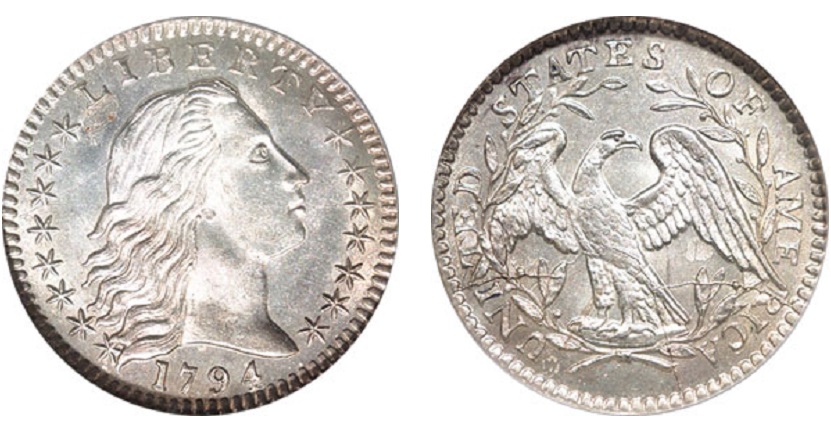
Hover to zoom.
The following Q&A is excerpted from Clifford Mishler’s Coins: Questions & Answers:
Q: Jefferson and Hamilton favored the copper half cent as a coin useful to the poor

Hover to zoom.
The following Q&A is excerpted from Clifford Mishler’s Coins: Questions & Answers:
Q: Jefferson and Hamilton favored the copper half cent as a coin useful to the poor
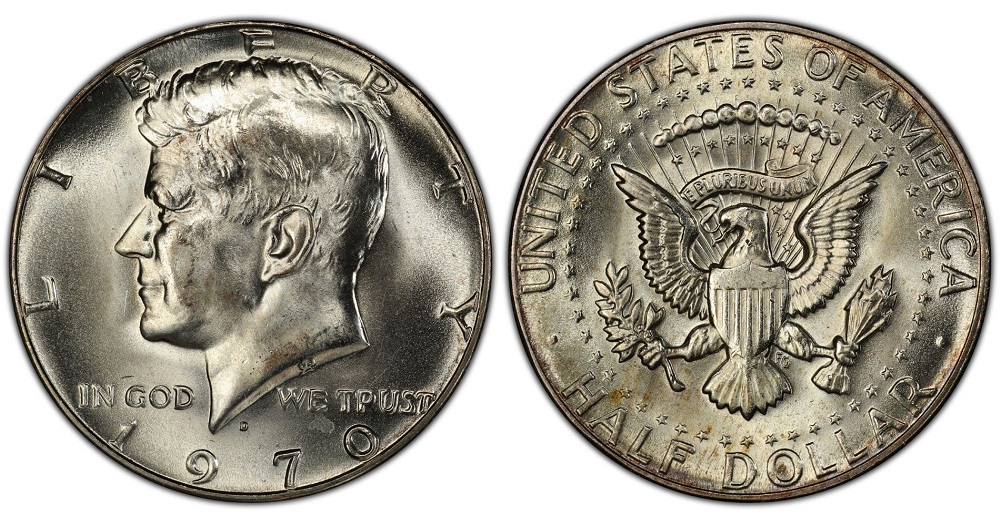
1970-D Kennedy half dollar PCGS MS-67. PCGS Population 15 with none finer

1970-D Kennedy half dollar PCGS MS-67. PCGS Population 15 with none finer

1970-D Kennedy half dollar PCGS MS-67. PCGS Population 15 with none finer

1970-D Kennedy half dollar PCGS MS-67. PCGS Population 15 with none finer
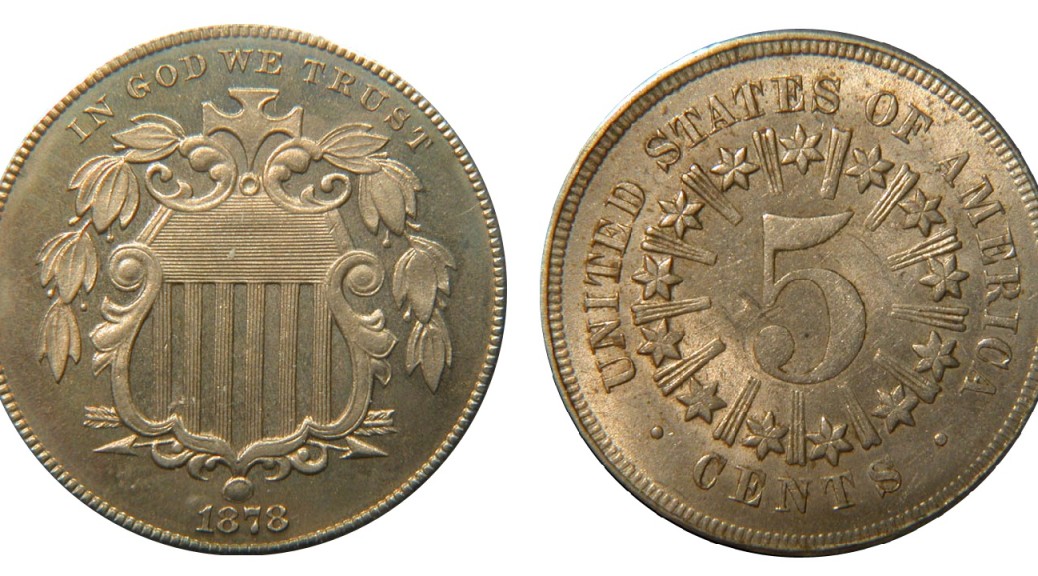
Hover to zoom.
The following Q&A is excerpted from Clifford Mishler’s Coins: Questions & Answers:
Q: Why did the United States begin producing nickel five-cent coins in 1866 when they had been, and still were, coining silver half dimes?
A: The onset of war, with its requirement of vast expenditures of money and the orientation of priorities for non-consumer goods, traditionally creates inflationary monetary conditions

Hover to zoom.
The following Q&A is excerpted from Clifford Mishler’s Coins: Questions & Answers:
Q: Why did the United States begin producing nickel five-cent coins in 1866 when they had been, and still were, coining silver half dimes?
A: The onset of war, with its requirement of vast expenditures of money and the orientation of priorities for non-consumer goods, traditionally creates inflationary monetary conditions
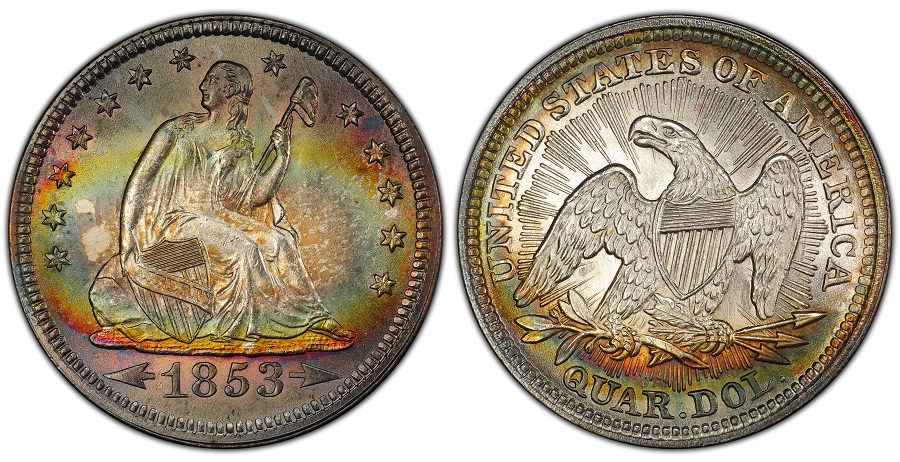
1853 Liberty Seated quarter, Arrows and Rays, PCGS MS-66. Image by PCGS
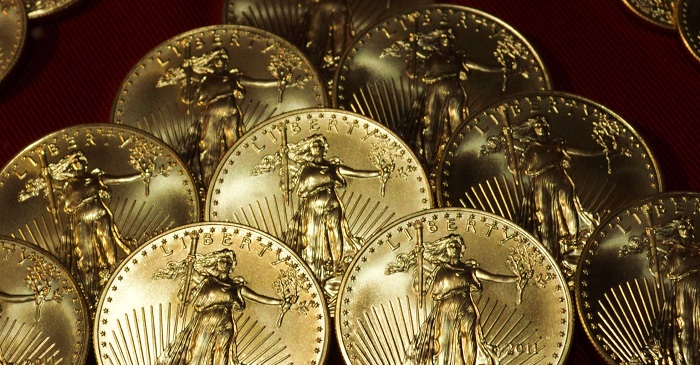
The following Q&A is excerpted from Clifford Mishler’s Coins: Questions & Answers:
Selling your coins yourself, in online auctions, can be fun if you have the time and talent to do it. This typically requires some skill with scanning or photography (buyers like to examine potential purchases)

The following Q&A is excerpted from Clifford Mishler’s Coins: Questions & Answers:
Selling your coins yourself, in online auctions, can be fun if you have the time and talent to do it. This typically requires some skill with scanning or photography (buyers like to examine potential purchases)

The following Q&A is excerpted from Clifford Mishler’s Coins: Questions & Answers:
Selling your coins yourself, in online auctions, can be fun if you have the time and talent to do it. This typically requires some skill with scanning or photography (buyers like to examine potential purchases)
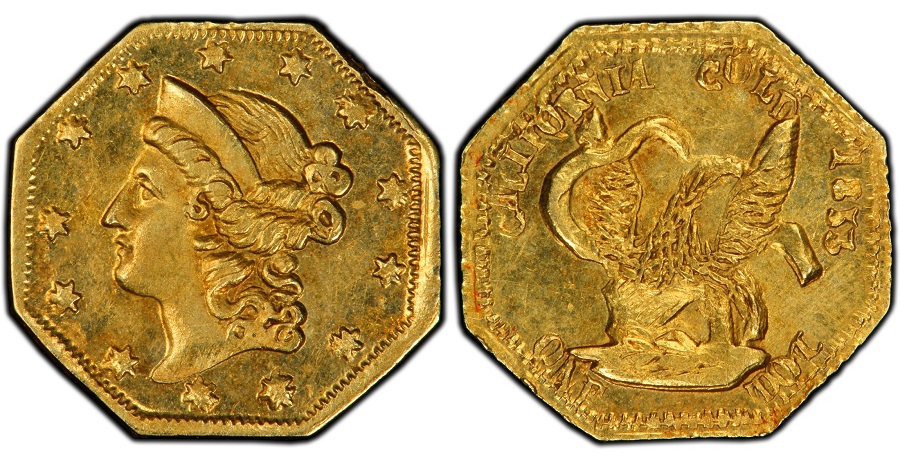
1853 $1 BG-503 eagle (Regular Strike). Images by the Professional Coin Grading Service
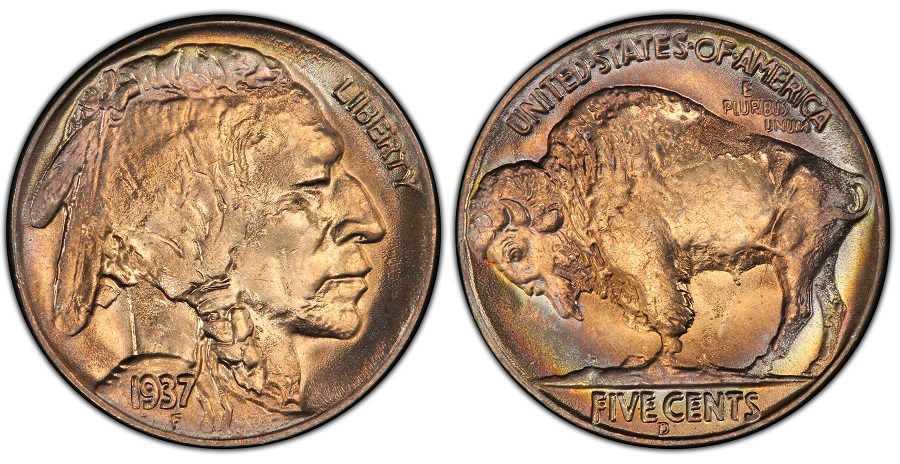
1937-D nickel three-legs (Regular Strike). Image by PCGS CoinFacts

The following Q&A is excerpted from Clifford Mishler’s Coins: Questions & Answers:
Q: Is collecting any type of coin a good investment?
A: No! The hobby collector—be it of coins, back-scratchers, or Bavarian beer mugs—is occasionally persuaded to purchase by impulse or sentiment. Indulging frequent lapses into irrationality is part of the fun of maintaining a hobby

The following Q&A is excerpted from Clifford Mishler’s Coins: Questions & Answers:
Q: Is collecting any type of coin a good investment?
A: No! The hobby collector—be it of coins, back-scratchers, or Bavarian beer mugs—is occasionally persuaded to purchase by impulse or sentiment. Indulging frequent lapses into irrationality is part of the fun of maintaining a hobby

1937-D nickel three-legs (Regular Strike). Image by PCGS CoinFacts
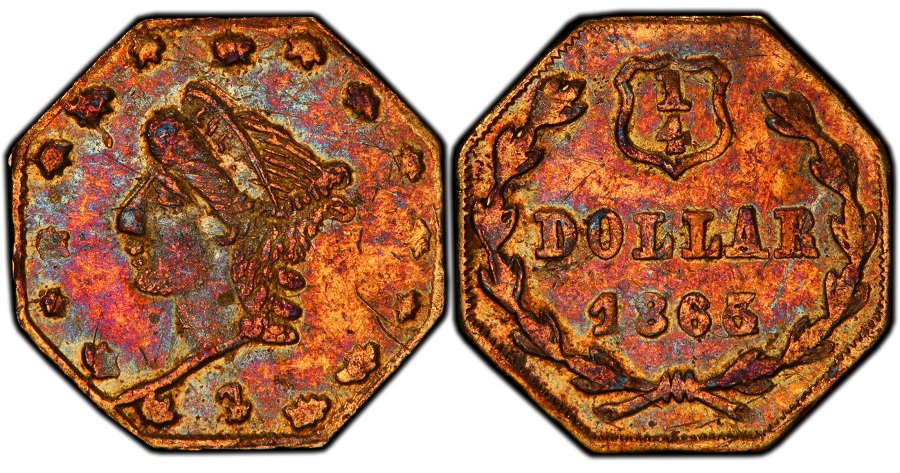
1865/4 25C BG-736 (Regular Strike). PCGS AU-53
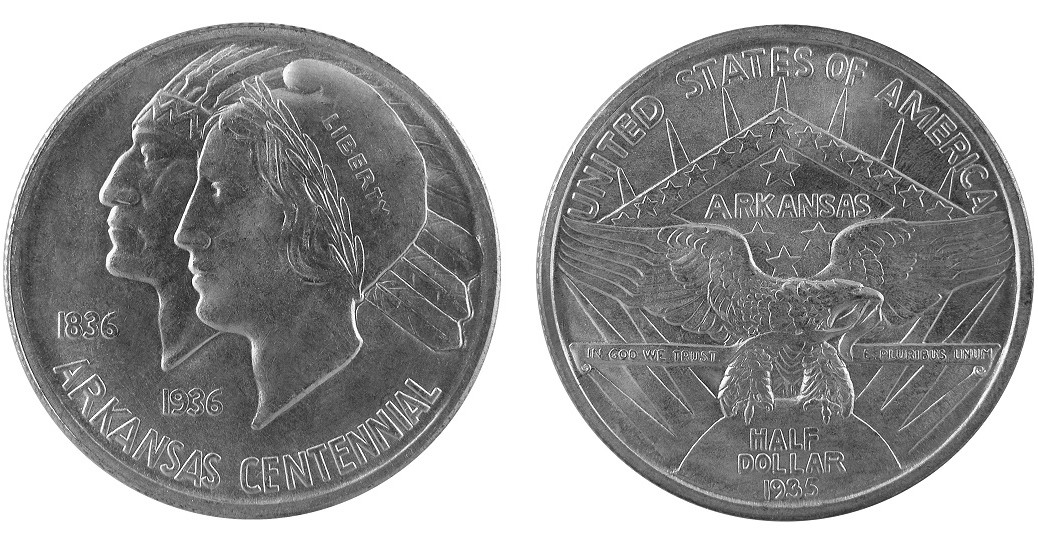
Arkansas Centennial commemorative silver half dollar. Hover to zoom

Arkansas Centennial commemorative silver half dollar. Hover to zoom
The following Q&A is excerpted from Clifford Mishler’s Coins: Questions & Answers:
Q: I have a number of 1943 steel cents on which the “4” of 1943 is either weak or missing. What caused this?
A: The missing or weak numeral (or letter) error is generally caused by the concerned area of the die filling with dirt, grease, or metal particles which harden and prevent coin planchet metal from flowing into that area of the die as intended, which softens or eliminates the intended raising of the numeral or letter
The following Q&A is excerpted from Clifford Mishler’s Coins: Questions & Answers:
Q: I have a number of 1943 steel cents on which the “4” of 1943 is either weak or missing. What caused this?
A: The missing or weak numeral (or letter) error is generally caused by the concerned area of the die filling with dirt, grease, or metal particles which harden and prevent coin planchet metal from flowing into that area of the die as intended, which softens or eliminates the intended raising of the numeral or letter
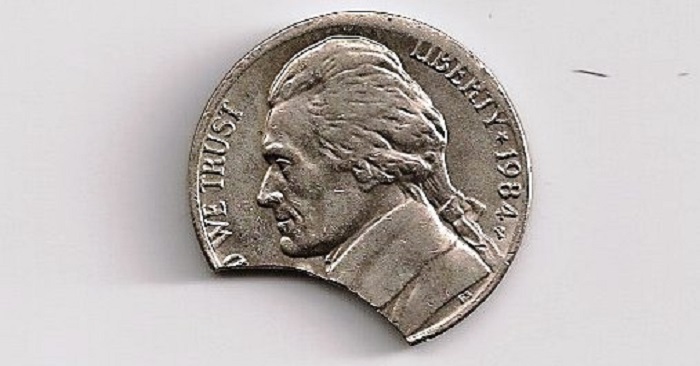
An example of a clipped planchet, a type of Mint error that is increasingly less likely to occur. Photo by economicrealist

An example of a clipped planchet, a type of Mint error that is increasingly less likely to occur. Photo by economicrealist
The following Q&A is excerpted from Clifford Mishler’s Coins: Questions & Answers:
Q: Can you account for the upsurge of interest in recent years in mint errors?
A: Major mint errors—overdates, off-center strikes, and multiple strikes—have long been of great interest to most collectors. Some of the more significant mint errors—die breaks, double dates, and clipped planchets—have also enjoyed a small but enthusiastic following for many years
The following is excerpted from Clifford Mishler’s Coins: Questions & Answers:
Q: Is there any course available which would teach me the “know-how” of the hobby of coin collecting?
A: Not in the academic sense, but neither is there a school to train presidents. Desire is the motive and application is the means to acquiring a working knowledge of coin collecting
The following is excerpted from Clifford Mishler’s Coins: Questions & Answers:
Q: People have told me that the three-cent denomination was introduced into our coinage system because of the postal situation at the time. Could you explain this for me?
A: There were two principal reasons for the introduction of the three-cent piece, or “trime” as it came to be referenced in Treasury documents
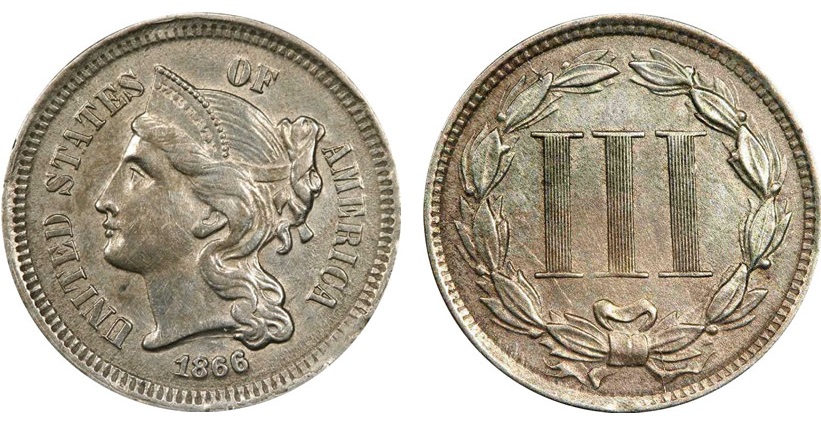
1866 three-cent nickel. Hover to zoom

1866 three-cent nickel. Hover to zoom
The following is excerpted from Clifford Mishler’s Coins: Questions & Answers:
Q: People have told me that the three-cent denomination was introduced into our coinage system because of the postal situation at the time. Could you explain this for me?
A: There were two principal reasons for the introduction of the three-cent piece, or “trime” as it came to be referenced in Treasury documents
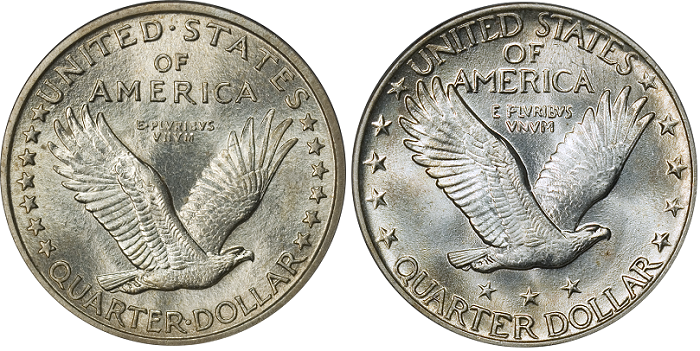
The following is excerpted from Clifford Mishler’s Coins: Questions & Answers:
Q: Who was the model for the Standing Liberty depicted on Hermon MacNeil’s beautiful quarter?
A: MacNeil acknowledged that his rendition of a standing or striding armed Liberty was inspired by Roty’s early 20th century “sowing Marianne” of the French silver coinage. The actual model was 22-year-old Miss Dora Doscher (later Mrs
The following is excerpted from Clifford Mishler’s Coins: Questions & Answers:
Q: Can you explain what is meant by a 1942/41 dime? Is it a dime struck with a dual date?
A: Two major “overdate” Mint errors exist for 1942, one from the Philadelphia Mint and one from the Denver Mint. Both were produced when production dies in the preparation process were first sunk with a 1941-dated hub die and then, by accident, finished with 1942 hub dies
The following is excerpted from Clifford Mishler’s Coins: Questions & Answers:
Q: Which of the branch mints was the first to strike quarter dollars?
A: The New Orleans Mint began striking Liberty Seated quarter dollars in 1840. The San Francisco Mint followed in 1855
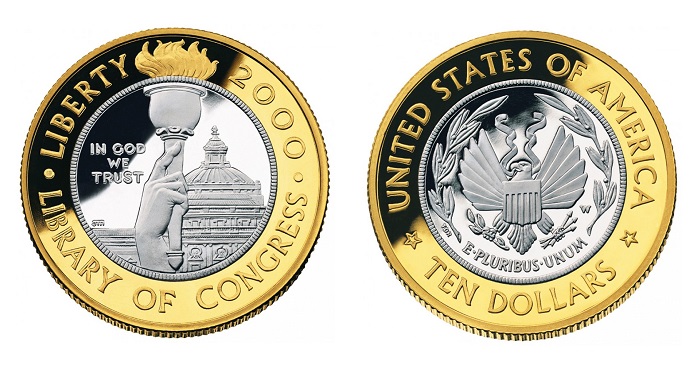
The following is excerpted from Clifford Mishler’s Coins: Questions & Answers:
Q: What do you consider to be the most significant issues within the modern commemorative series?
Hover to zoom. Image courtesy of APMEX